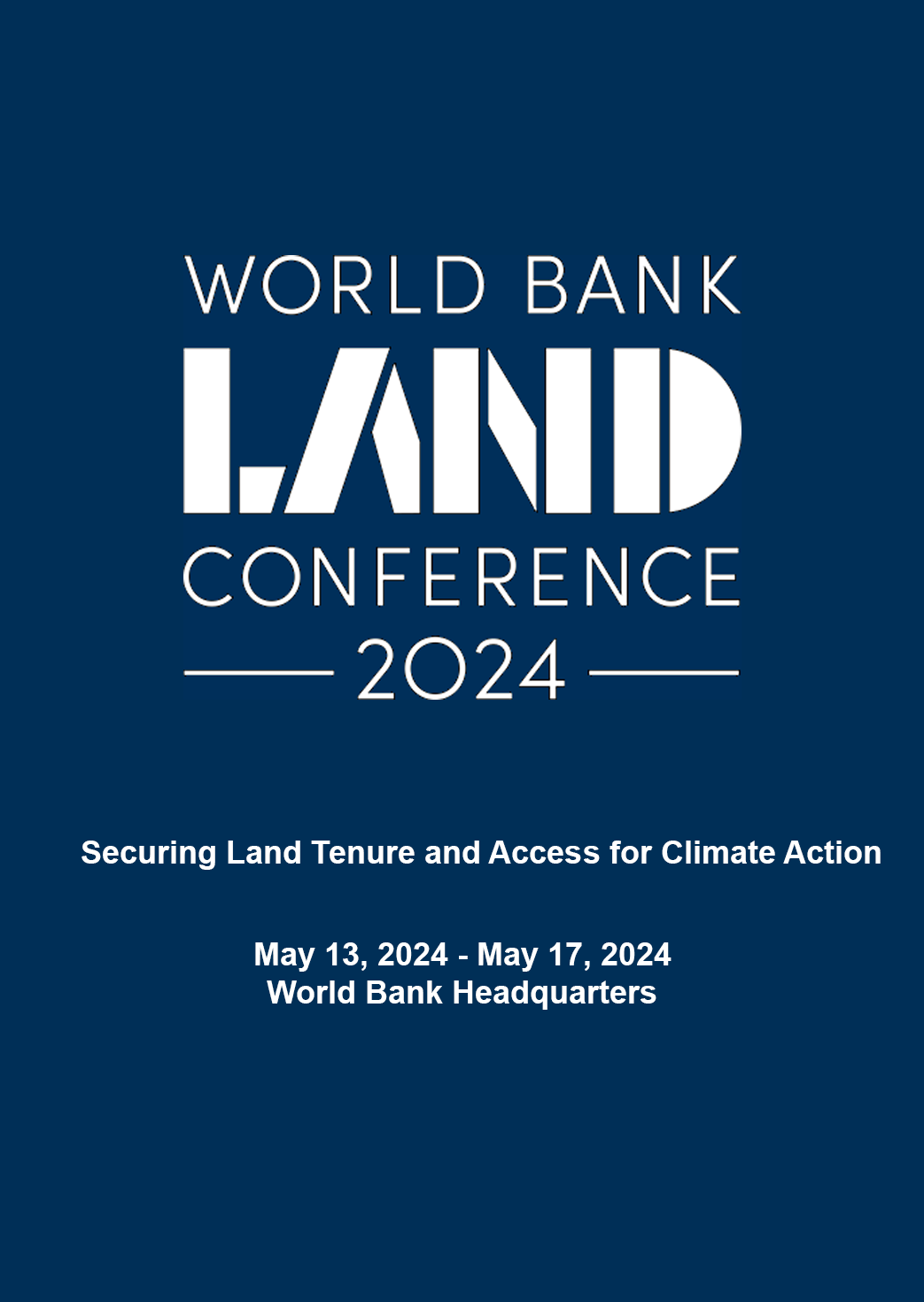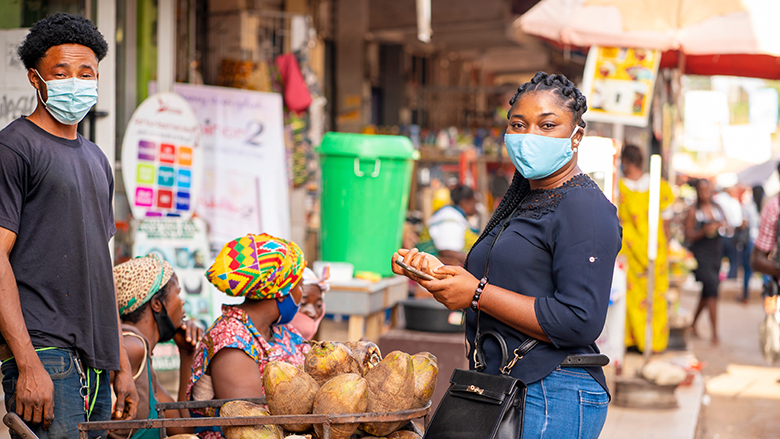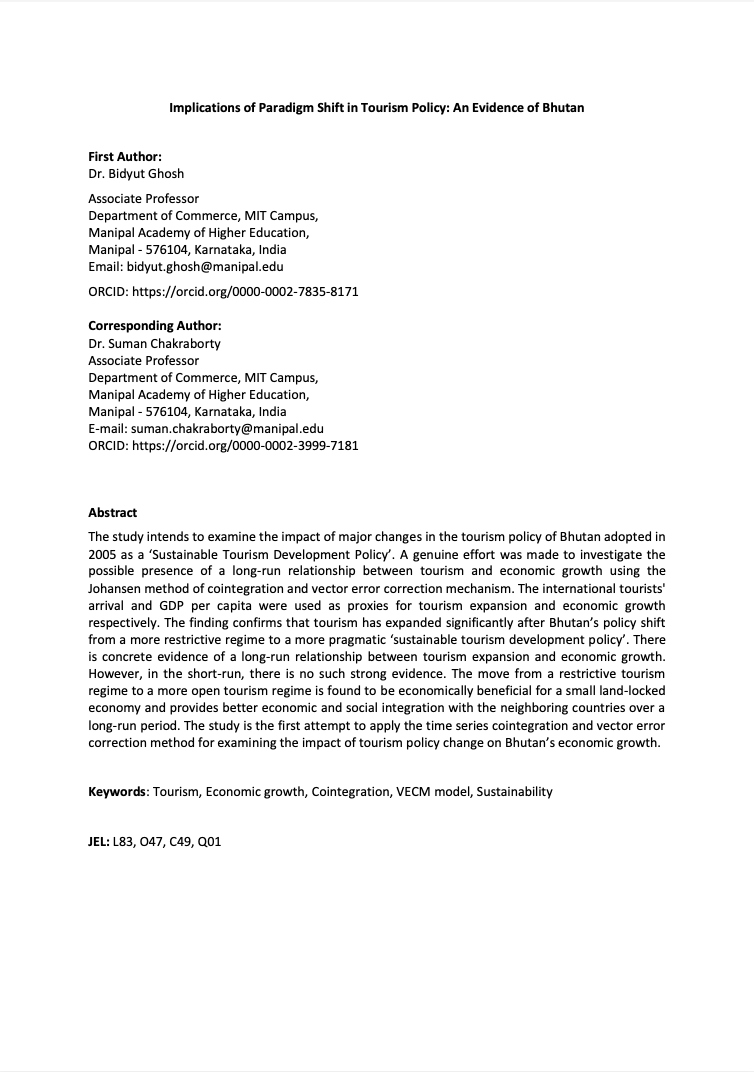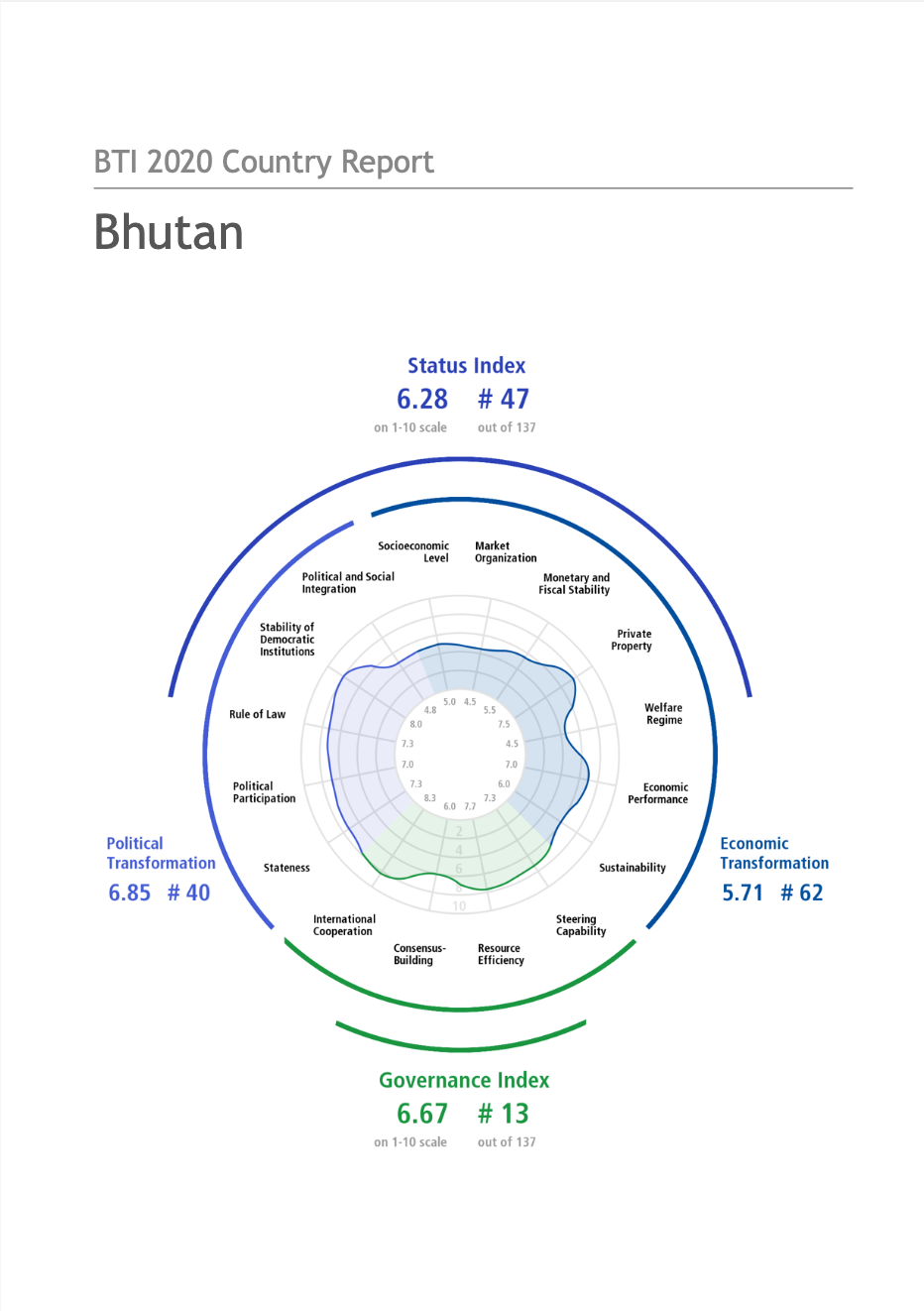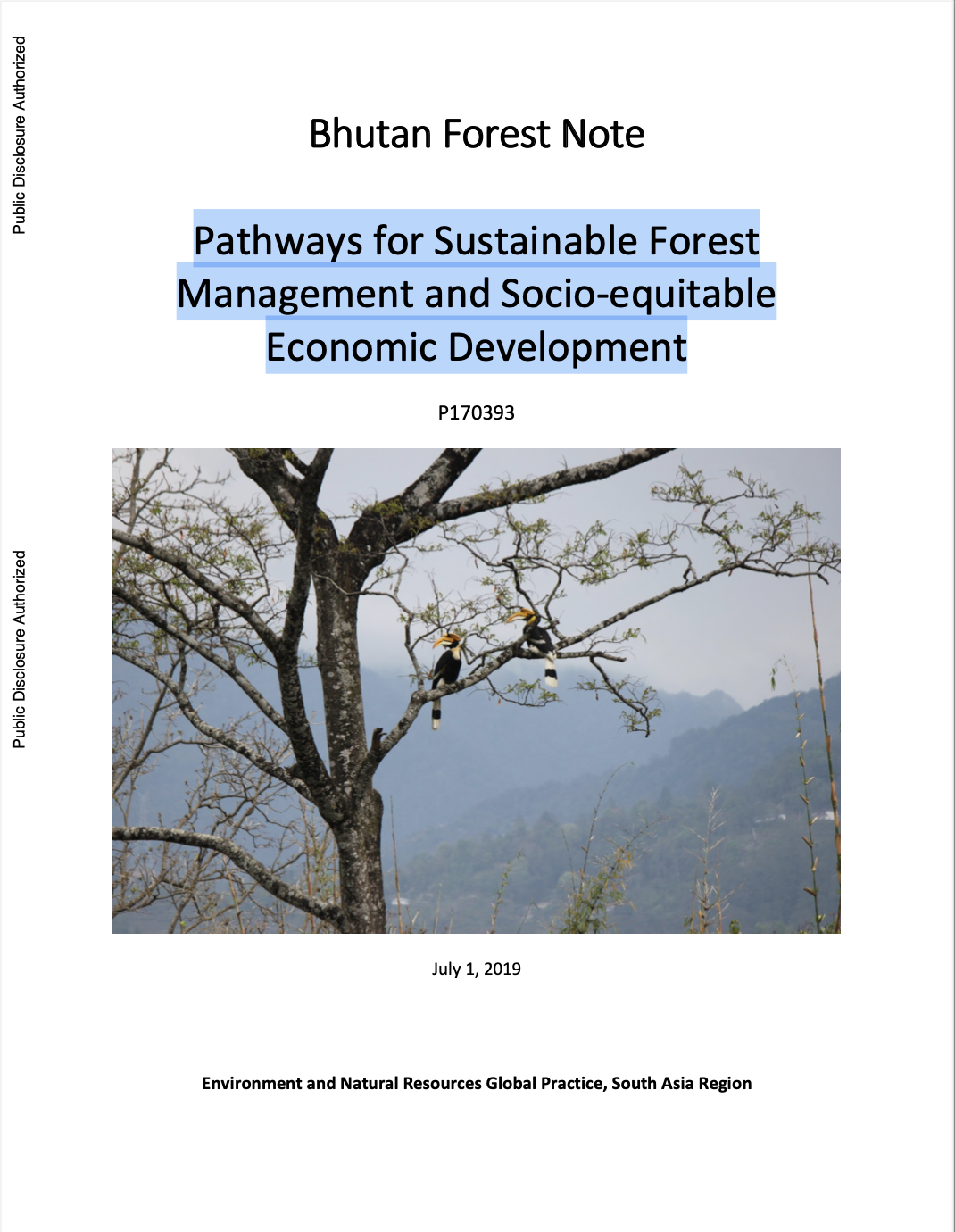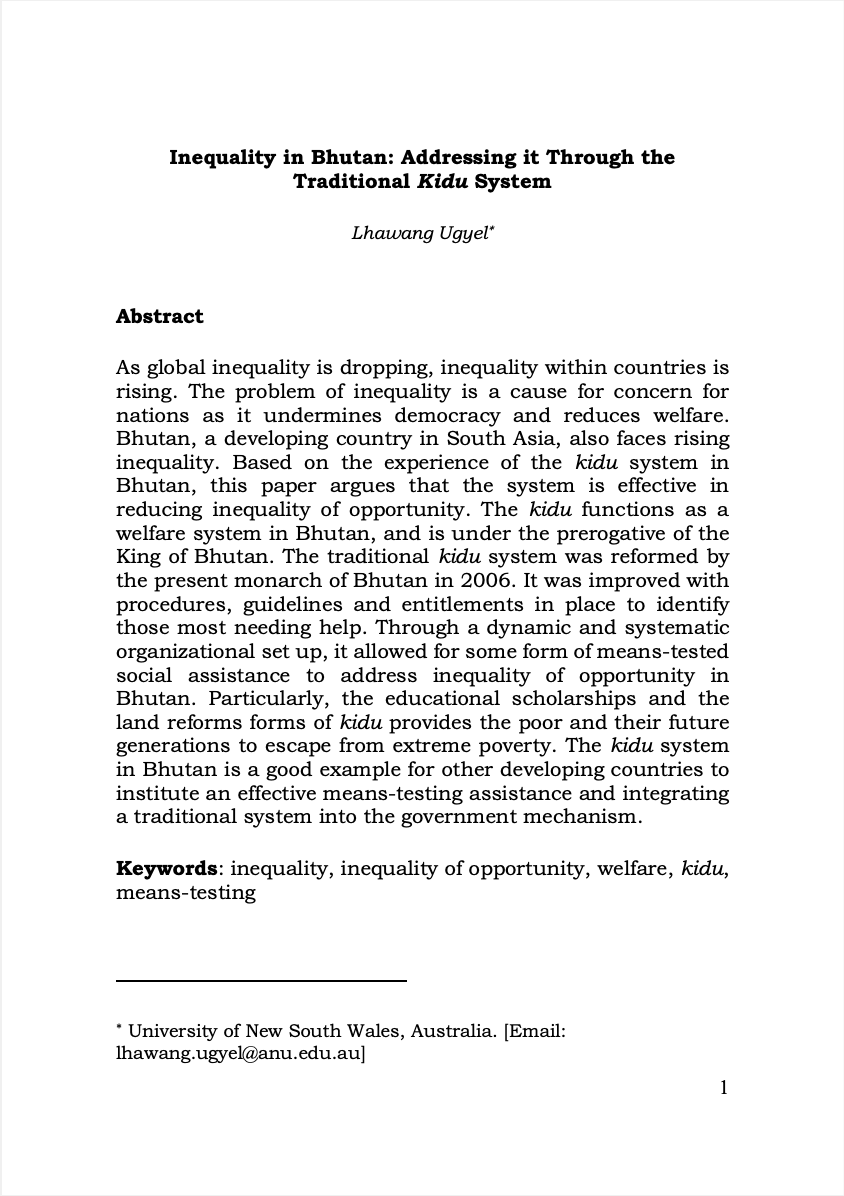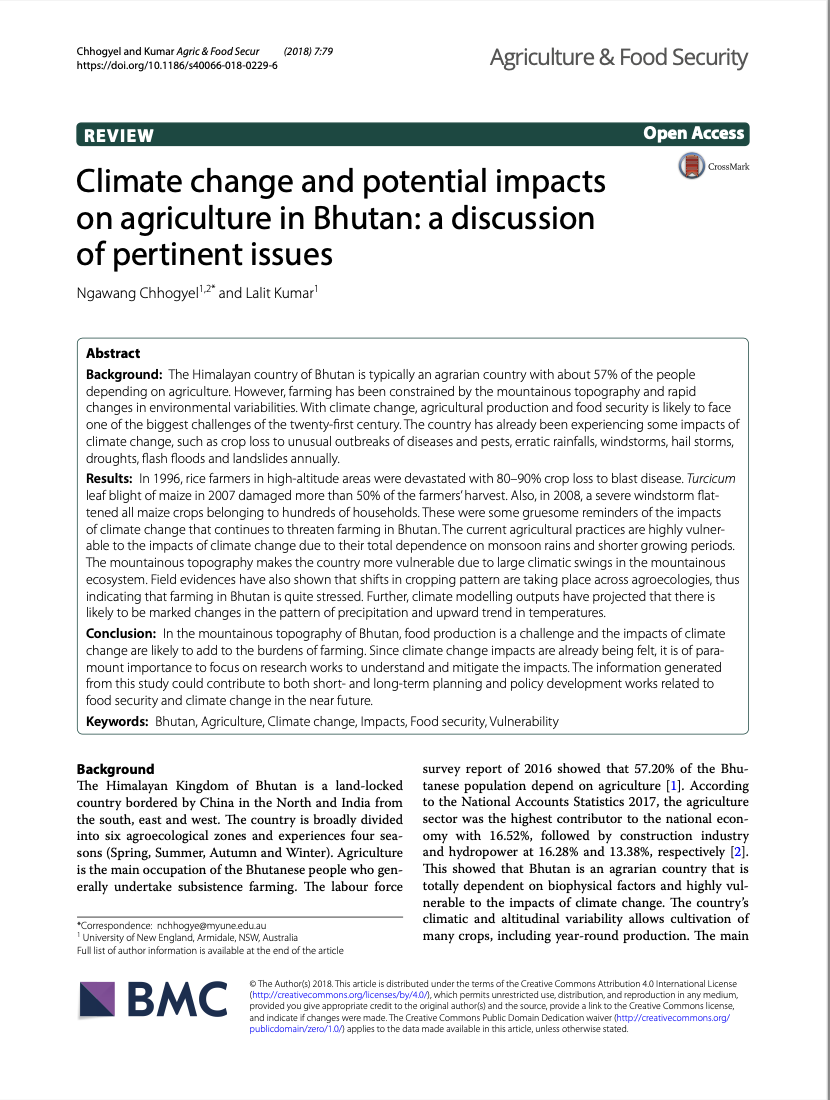The joint East Asia Pacific (EAP) and South Asia (SAR) Regional Workshop explored the complexities of effective land and property valuation amid rapid urbanization, under the overarching theme “Breaking Barriers: Access to Land and Poverty Reduction and Climate Resilience.” The session…
The joint East Asia Pacific (EAP) and South Asia (SAR) Regional Workshop highlighted the importance of strengthening land tenure to achieve a sustainable and inclusive future. The event was part of the broader theme “Breaking Barriers: Access to Land and Poverty Reduction and Climate Resilience…
La sortie du statut de PMA représente une étape hautement symbolique et positive dans le parcours d’un pays vers une plus grande prospérité socio-économique. Cependant, la baisse du soutien international qui en résulte ainsi que la perte des avantages proposés aux PMA menacent de bouleverser les…
Indirect impacts of Human Wildlife Conflict (HWC) are largely ignored, poorly understood, and scantly reported in the literature on HWC. Subsistence farmers in the Himalayan kingdom of Bhutan experience an increasing intensification of HWC impacts. Working across four districts representing…
June 4, 2021 -- An increasing number of countries are facing growing levels of acute food insecurity, reversing years of development gains. Even before COVID-19 reduced incomes and disrupted supply chains, chronic and acute hunger were on the rise due to various factors including conflict, socio…
The study intends to examine the impact of major changes in the tourism policy of Bhutan adopted in 2005 as a ‘Sustainable Tourism Development Policy’. A genuine effort was made to investigate the possible presence of a long-run relationship between tourism and economic growth using the Johansen…
Bhutan’s democracy consolidated further following the third elections to National Council and National Assembly in 2018. In the primary round of National Assembly elections, voters favored a newly established third party, Druk Nyamrup Tshogpa (DNT), followed by the opposition in the last…
Bhutan is a small, landlocked country deep in the eastern Himalayas between India and China. Over a horizontal distance of just 100-150 km, the elevation rises from about 150 meters above sea level in the south to over 7,000 meters in the north. The population of about 735,0001 is scattered…
Bhutan Trust Fund for Environmental Conservation (BTFEC) in collaboration with National Soil Service Centre (NSSC), and Gross National Happiness Commission (GNHC) has undertaken the Evaluation and Learning (E&L) activity with financial support from Climate Investment Funds (CIF) for the…
The Bhutan Forest Note articulates opportunities for supporting Bhutan's sustainable development aspirations, including its constitutional commitment to maintain at least 60 percent of the country's land area under forest cover and to better respond or prepare for vulnerabilities such…
As global inequality is dropping, inequality within countries is rising. The problem of inequality is a cause for concern for nations as it undermines democracy and reduces welfare. Bhutan, a developing country in South Asia, also faces rising inequality. Based on the experience of the kidu…
Background: The Himalayan country of Bhutan is typically an agrarian country with about 57% of the people depending on agriculture. However, farming has been constrained by the mountainous topography and rapid changes in environmental variabilities. With climate change, agricultural production…

